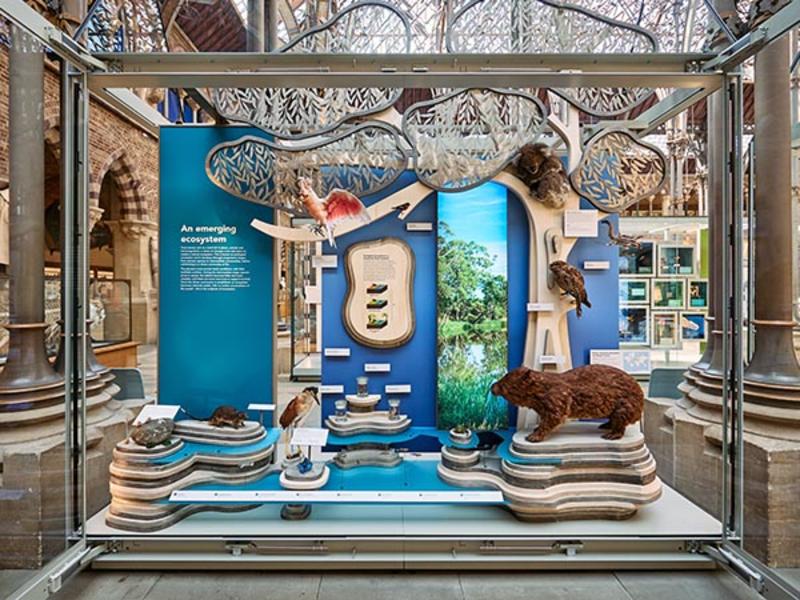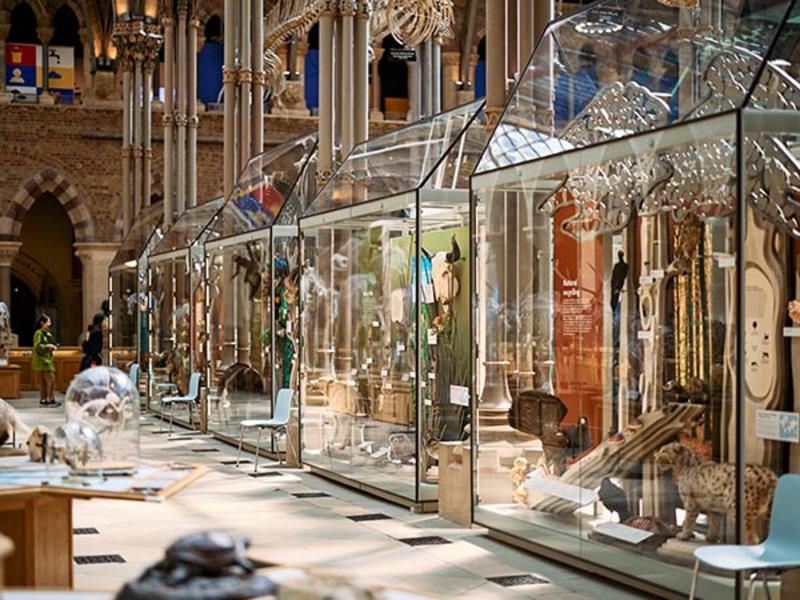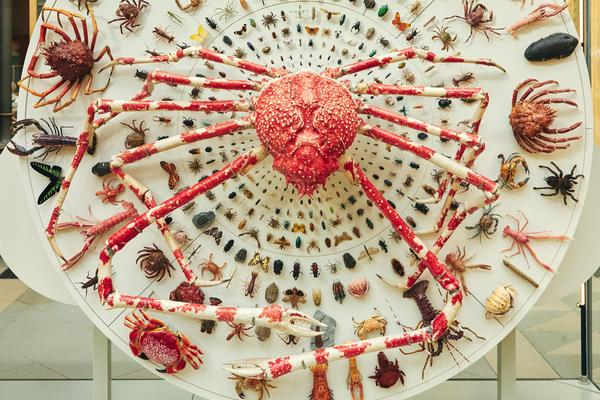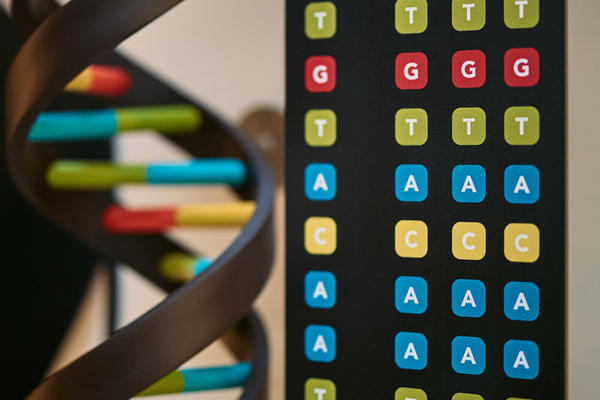Life, As We Know It
Beginning in 2018, the Life, As We Know It redisplay project has involved the conservation of thousands of specimens and the development and installation of exciting new displays. Following the completion of Phase 3 of the project, our Main Court
is now home to 36 new exhibits, such as those shown below, housed in state-of-the-art showcases, with the newest displays having opened in 2024.


EXPLORE 'LIFE AS WE KNOW IT'...
EARTH: A PLANET AND ITS LIFE
This final phase of the redisplay project, titled Earth: A Planet and its Life, is generously supported by funding from Biffa Award - a multi-million pound fund that helps to build communities and transform lives through awarding grants to communities and environmental projects across England and Northern Ireland as part of the Government's Landfill Communities Fund.

The project will tell the story, through evidence of ancient ecosystems, of the intricate relationships between planet and life. Alongside its twelve new displays, visitors will also enjoy revamped touchable specimens and a digital interactive ‘pod’ that recreates Cambrian and Jurassic ocean environments.
The exhibits will feature a visually striking combination of fossil and skeletal specimens, along with bespoke models and stylised environmental setworks to recreate past ecosystems and key points in the evolution of life on Earth.
While the new displays are under development, a temporary exhibition of the spectacular high-magnification insect photography of Levon Biss will run in the new showcases until 4 January 2026. Each of the eleven insects in the Microsculpture exhibition is shown alongside 1.2 metre prints of Biss’s photographs, revealing the incredible 'microsculpture’ structures of the animals.










